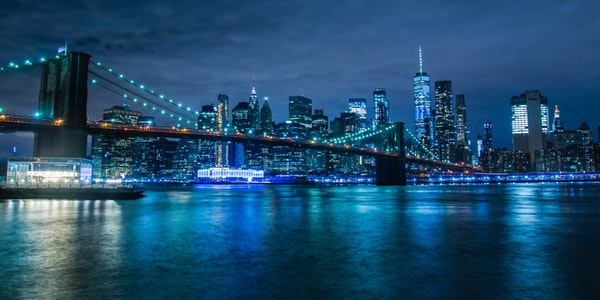Principle and Composition of Light Guide Lighting System
Light guide lighting is also called pipe-type daylight lighting. The system efficiently collects natural light through the daylighting hood and introduces it into the system for redistribution. After being transmitted and strengthened by a specially made light pipe, the diffuser at the bottom of the system irradiates the natural light evenly and efficiently to any place where light is needed to obtain the special lighting effect brought by the natural light. The system is composed of daylighting area, transmission area and output area.
Features and Advantages
Energy saving and environmental protection
It reduces the energy consumption of daytime lighting inside the building and the energy consumption of some air-conditioning refrigeration. Due to the use of natural sunlight, the emission of large amounts of carbon dioxide and other pollutants generated by thermal power generation is also reduced.
Healthy and safety
The introduction of outdoor natural light sources into the room avoids the psychological and physical discomfort caused by people living and working in the environment of electric light sources for a long time. At the same time, because it does not use electric energy, it avoids the potential safety hazards of electrical fires caused by the aging of power lines (especially for places where flammable and explosive materials are placed, such as oil depots and ammunition depots).
Natural light takes a long time to illuminate, which can greatly reduce power consumption, thereby reducing lighting costs. Especially for areas with abundant natural light resources in the southeast coast and northwest regions, the light guide system can be used for an average of more than 12 hours per day. It can be used even on cloudy days, and its energy saving and economic benefits are very significant.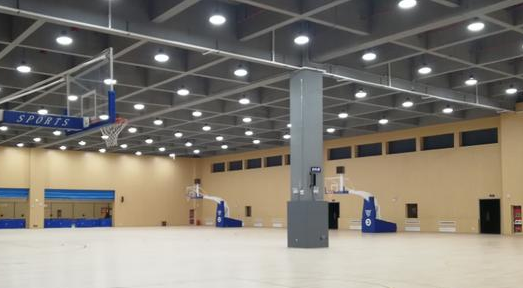
Advantage:
At this stage, the commonly designed and applied method of introducing outdoor natural light from the roof of a building is mainly through setting skylights on the roof of the building for lighting. The new light guide lighting technology has the following technical advantages over the former:
① The ratio of the daylighting area of the ordinary skylight to the opening area is only 1:1, which means that if you want to get more outdoor light, you must increase the opening area. The increase of the opening area will increase the difficulty of the structural design and construction of the building, resulting in a large amount of energy dissipation, so the efficiency is low. The lighting area of the light guide system is more than twice the area of the opening, and the lighting area is large.
② The light introduced by the sunroof daylighting method will frequently deviate with the movement of the sun’s position, and precise fixed lighting cannot be achieved. The lighting angle of the light guide system can reach 180°. The collected light is accurately projected to the designated space area through the light pipe and diffuser. The light is uniform, there is no glare, and there is no local spotlight phenomenon.
③ If skylights are used only for daylighting, the cost of civil construction and installation is relatively high. The light transmittance of the skylight decays quickly, and it needs regular cleaning and maintenance. However, the energy-saving effect and economic value it produces cannot be estimated.
④ The current light guide lighting system device has better heat insulation and waterproof performance. However, due to the increase of the opening area of the skylight, the heat insulation effect will be significantly reduced and the hidden danger of water leakage will also increase.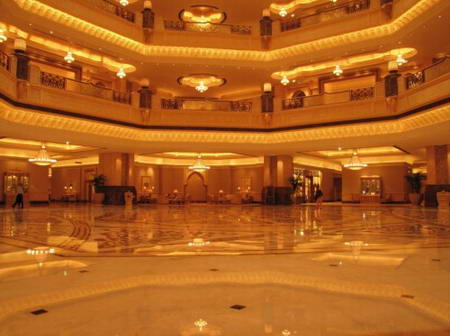
Development and Technology Status of Light Guide System
In 1986, the light-guide pipe daylighting system was invented. Because of its huge economic and social benefits, its promotion and application around the world have also begun to become common. After years of development and improvement, the technical performance and diversification of the components and devices of the existing light guide lighting system have been greatly improved.
3.1 Light collection cover
The Light collection device has various specifications and beautiful appearance. Using optical grade PC or acrylic material, the outer surface of the cover is sprayed with UV light curing hard coating, which is smooth and wear-resistant, and has good heat and sound insulation properties. Strong light transmittance and high lighting efficiency. Through the anti-ultraviolet coating on the surface of the Light collection cover, some harmful light radiation is filtered out. In case of fire, it will not prolong the combustion, and will not release toxic and harmful substances during combustion.
Some products currently on the market have added a self-cleaning function. And by installing components such as a sun sensor in the Light collection cover, the concentrator is always controlled to face the sun. This greatly improves the collection and utilization efficiency of solar rays.
3.2 light-guide pipe
The light-guide pipe made of special materials has a super strong reflection of sunlight. It is generally made of aluminum with a thickness of only about 0.4mm, which is light in weight and easy to install. The upper and lower plug-in connections are mostly used. The overall sealing is good, which can prevent dust and flying insects from entering, so that the high-efficiency performance of light transmission can be kept stable for a long time.

With the continuous improvement of the light pipe material manufacturing process, the transmission efficiency of the light pipe can be greatly improved by plating a high reflectivity film (reflectivity above 98%) on the inner wall of the tube. Moreover, the light transmission distance of the system can be increased by installing a light guide elbow.
At present, the common elbows on the market mainly include: 30°, 60° and 90° elbows with reflectors. The application of the elbow makes the maximum transmission distance of the small-sized light pipe reach 8m, and the maximum transmission distance of the large-sized light pipe can reach 20m.
3.3 Dip device and diffuser
Usually made of PC material or PMMA material, with good light transmittance and diffusion. It is not easy to catch fire and self-extinguishes away from the fire. The face mask has been treated with anti-static spraying technology, and the surface is anti-fog, no dust, and easy to clean. In order to make the light transmitted by the light pipe evenly dispersed and illuminate the room, a thin lens for diverging light is used in the diffusing device. The thinner the lens, the better its light transmittance and light dispersion.
The diffuser has a variety of styles such as frosted, round and square, which can be matched with interior decoration and layout styles, and it also has good heat insulation and sound insulation effects.
Application and Benefits of Light Guide Lighting System
application
In recent years, with the rapid development of society, the demand for energy consumption has increased tremendously. However, in the face of increasingly severe energy supply shortages, national and local governments have raised the requirements for energy conservation and emission reduction to new heights. In addition to successively formulating or updating national and local standards and technical guidance on the energy-saving design of public buildings, more detailed requirements have also been put forward for the assessment of the green energy-saving ratings of public buildings.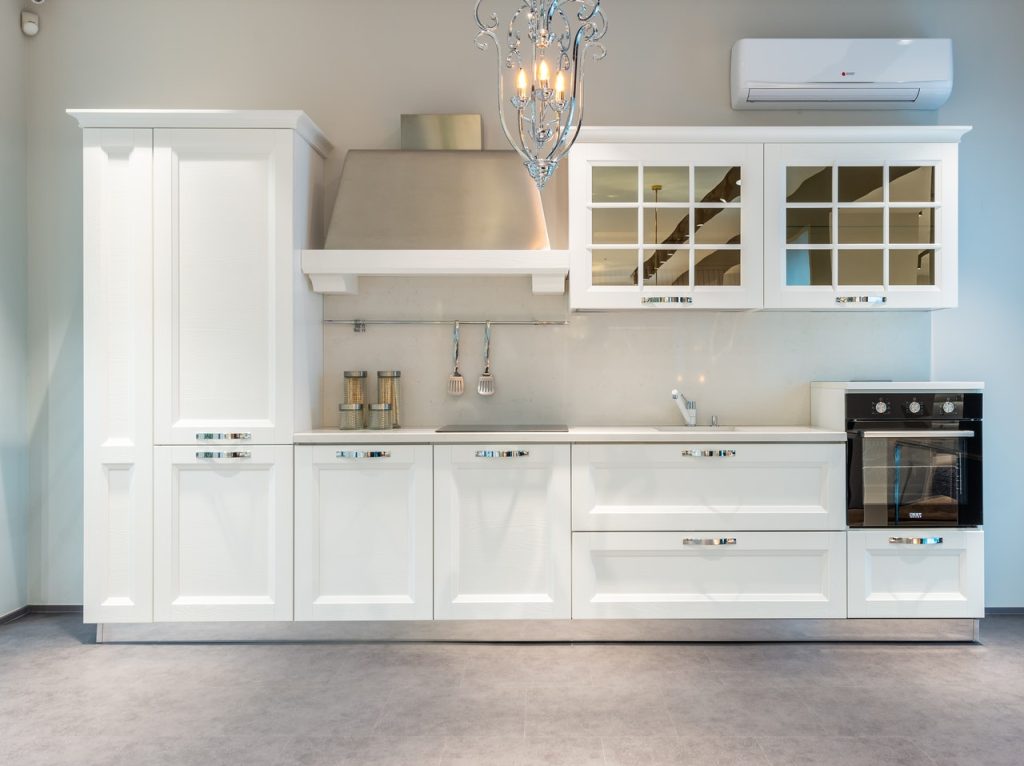
As one of the important energy-saving measures for the utilization of renewable energy, the light-induced system is also mentioned in the standard. According to a comprehensive assessment, the solar photovoltaic cell capacity that can be installed on the roof of a Class A building is about 2‰ to 5‰ of the installed capacity of the transformer. As there are other mechanical equipment on the roof, the agreed value 2‰ is considered comprehensively. Among them, the setting of solar photovoltaic power generation system should meet the requirements of relevant regulations. The capacity conversion of the light induction system can be calculated according to the power of 150W per daylighting hole.
benefit
At present, the national lighting power consumption accounts for about 10% of the total power generation. According to relevant statistics, the electricity consumption for daytime lighting accounts for more than 50% of the total electricity consumption for lighting. If the light guide lighting system can be popularized and used on a large scale, the power consumption for daytime lighting can be reduced by more than 50%, which is equivalent to saving about 1.5×1011kWh per year. The electricity price is calculated at $0.80/kWh, and the annual electricity bill can be saved at least about $18.663 billion.
It can be seen that the contribution of new technologies for the use of renewable energy such as light guide lighting systems to social energy-saving and economic benefits will be very huge. At the same time, since most of the power generation still relies on coal thermal power generation, every 1kWh of electricity saved is equivalent to saving 0.4kg of standard coal and 4L of purified water. At the same time, it also reduces 1kg of carbon dioxide and 0.03kg of sulfur dioxide emitted by coal combustion. The use of new technologies has great environmental protection significance.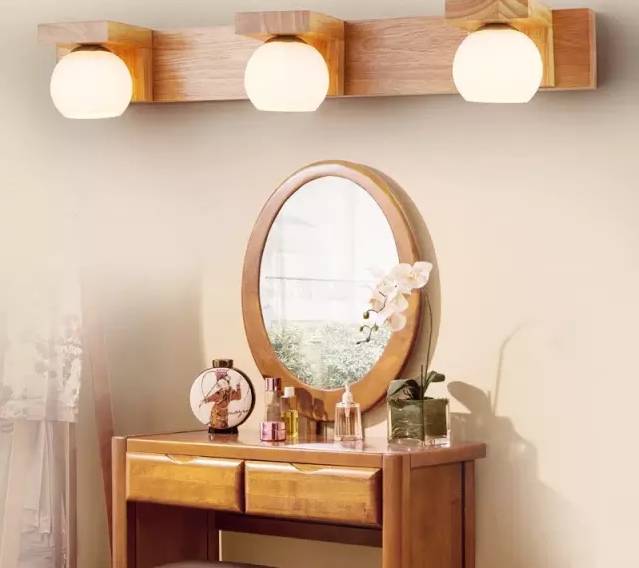
Problems That Need Attention in the Application of Light Guide Lighting System in Buildings
Design of the building
Because the light guide lighting system needs to set up an outdoor lighting cover to collect outdoor light. In the building design stage, planners need to make a certain analysis of the lighting conditions in the area where the project is built. According to the lighting environment, determine the area where the system device is installed in the building, such as the roof of the building, the facade, or the basement area outside the main building. In the combination of light efficiency and aesthetic factors, the selected area needs to consider the position and spacing of the openings of the light guide lighting system.
The civil design personnel should do the corresponding reservation and pre-buried design work for the later installation of the system, and put forward technical measures such as sealing and waterproofing requirements for the construction and installation personnel. In order to ensure the high luminous efficiency and good actual effect of the system, this link is indispensable.
Service area
Since the installation of the light guide lighting system must comprehensively consider the aesthetics, heat preservation, sealing and waterproofing of the building’s facade. In addition, the current cost of using light guide lighting systems is relatively high, and most investors use this system only to meet the minimum limits of relevant national or local regulations. And most of them only adopt the form of setting lighting holes on the roof of the building. This is mainly due to the large size of the light pipes currently on the market, and laying across floors in a building or opening a hole in the facade of the building has a greater impact on the usable area of the building and the aesthetics of the facade. Therefore, the light guide lighting system can often only serve a single-story building or a partial area of the floor under the roof of the building.

